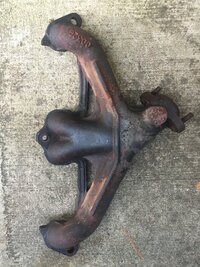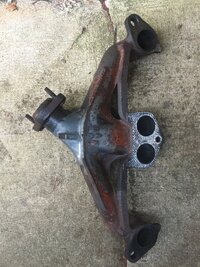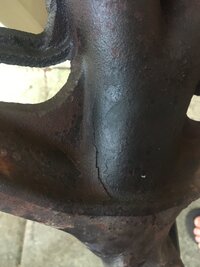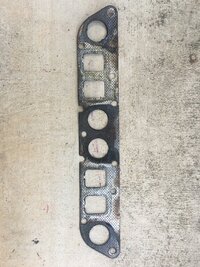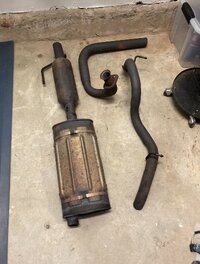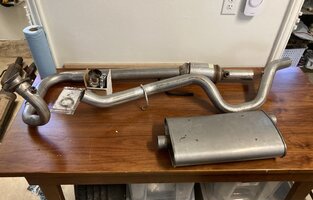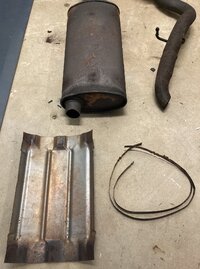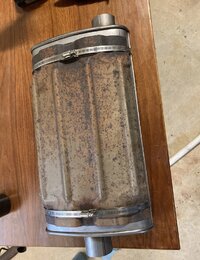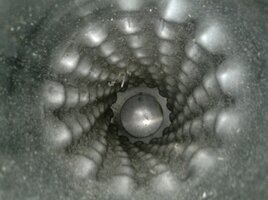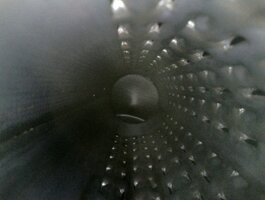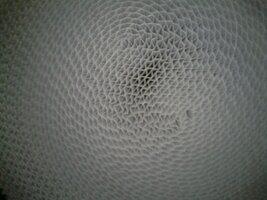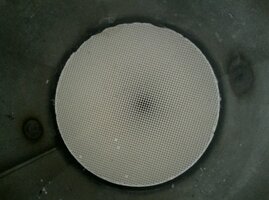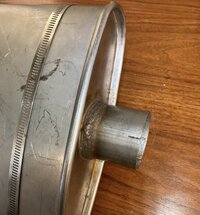SPRINGS
Notes below are for a minor lift on a stock-light SE, running 31" tires of smaller, and driving primarily on-road.
For others' opinions on the best approach, see
here.
———
OPTIONS
Stock springs sit at around 12" long in front and 8" long in back. According to
this post, the part numbers for the springs of a stock, soft-top SE are 126 (front) and 103 (rear).
Blaine makes it clear that OEM TJ springs are "progressive-rate", not just "progressive-wound" or "variable". Progressive-rate means that the coil itself is tapered into different thicknesses along its length, whereas "progressive-wound" or "variable" is true of many aftermarket springs, and just means they are wound with variable spacing between the coils.
Company | Style | Front Part # | Front Relaxed | Front Loaded | Front Rate | Front Load | Rear Part # | Rear Relaxed | Rear Loaded | Rear Rate | Rear Load |
|---|
Jeep/OEM | Progressive | 126 (SE)
(SoftTop) | 17" or 17.25" | 12" | 126 lbs/in | ? | 103 (SE)
(SoftTop) | 12" | 8" | 103 lbs/in | ? |
Moog | Constant | 3224
(4.0L) | 16.39" | 11" | 134 lbs/in | 719lbs |
3229
| 11.28" | 8" | 200 lbs/in | 635lbs |
Moog | Constant | 3228
(2.5L) | 16.18" | 11" | 124 lbs/in | 650lbs |
3229
| 11.28" | 8" | 200 lbs/in | 635lbs |
Moog | Constant | 3226
(Rubi) | 17.25" | 11" | 134
lbs/in | 834lbs | 3227 | 12.11" | 8" | 200
lbs/in | 821lbs |
AC Delco | Variable | 45H0279 | 16.2" | 11" | ??? lbs/in | | 45H2104 | 11.3" | ?" | ??? lbs/in | |
OMIX | ??? | 18274.01 | ??? | ??? | ??? | ??? | | | | | |
Dorman | Constant | | 15.75" | ??? | 135 | | | | | | |
H&R | Variable | 52107 | 16.375 | ??? | ??? | 52107 | 12.625 | ??? | ??? | | |
Great testimonies about H&R springs on the forum. But are claimed to give additional 1–1.5" of height. With a stock-light SE, that may be more like 2".
———
INSTALL
I ordered the Moog 3226. Found that after detaching the sway bar links and track bar, the rest could be done without removing the wheels. Just freed the upper shock mount and jacked up the frame (the side with tire on level ground), which provided enough room to swap the spring—even these Moogs, which are about 1" longer than stock. After install, those put the front at 12+5/8". That's a bit more lift than
@TrueTexas got on his 4.0.
For the rear, I installed Moog 3229s. Followed
this guide, but made
these changes. Learned
here what the plastic isolators were for. After install, those put the rear right at 8". Interesting that the Moogs had
less free length than OEMs.
Replaced all four stock jounce bumpers with
these.
Increase in height threw off alignment, so followed
this thread to correct.


